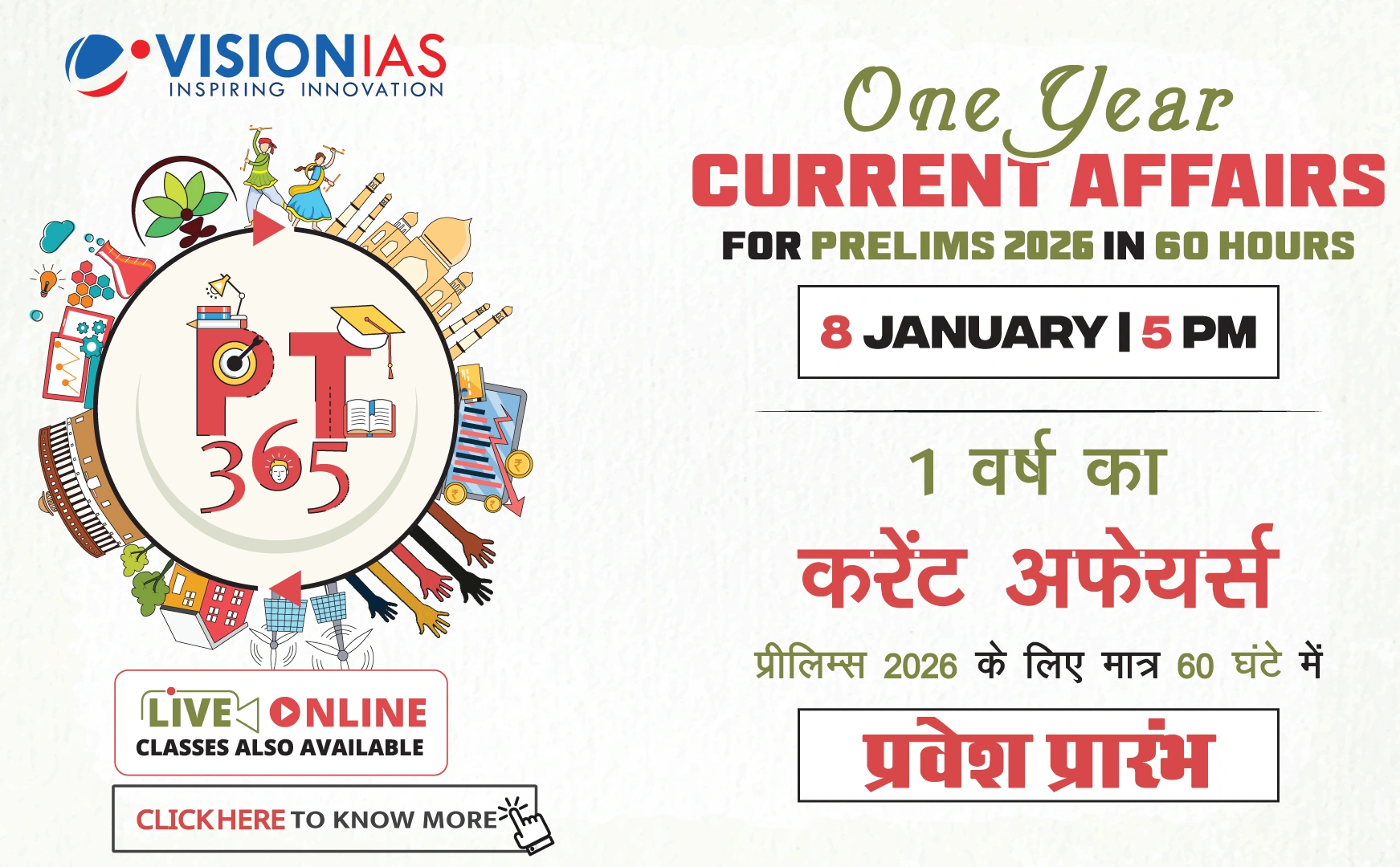India's Goods and Services Tax (GST) Structure
India has a complex GST structure, being an outlier compared to other countries where most have one or two non-zero rates. Simplification could enhance efficiency.
Recommendations for Improvement
- Single GST Rate: Applying a single GST rate on a broad base can improve compliance and reduce evasion.
- Higher Rates for Specific Products: Demerit and luxury products can maintain higher rates through an excise tax.
- Fiscal Buffers: The IMF suggests rebuilding fiscal buffers via revenue augmentation to reverse the erosion in the GST rate.
- Compensation for Vulnerable Households: Any increase in living costs can be offset by increased transfers through the direct benefit transfer mechanism.
India's GST, introduced in July 2017, replaced several indirect levies with a four-slab structure. However, exemptions and rate reductions have reduced the revenue-neutral rate from 15.5% to 11.6%.
Challenges and Coordination with States
- The GST Council is working on tax structure rationalization, but progress is slow.
- Coordination with states is crucial for advancing structural reforms, with the union government playing a convenor role.
Financial System and Exchange Rate
India's systemic financial risks are contained but require further reforms and vigilant supervision, especially in NBFCs (Non-Banking Financial Companies).
- Capital Requirements: Public sector banks may need more capital to withstand shocks.
- Exemptions for State-owned NBFCs: Eliminating these exemptions would level the playing field with private counterparts.
India has strong economic fundamentals allowing for more flexibility in exchange rates, which can be an essential shock absorber.



